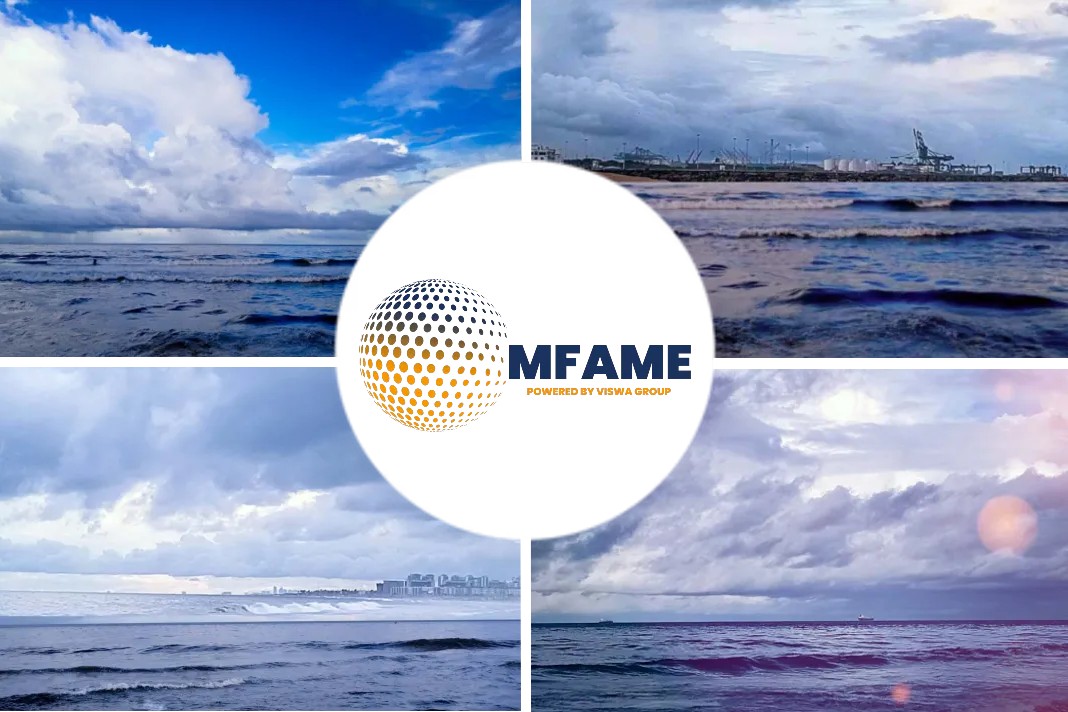- Hong Kong’s failure to prepare the infrastructure for refueling container ships that run on eco-friendly LNG.
- Hong Kong’s port is failing to ready itself for LNG-fuelled cargo ships as rival Singapore races ahead.
- This move is expected to make its already struggling port even less competitive.
- Rival Singapore is well ahead, having already ordered two LNG bunkering (refueling) vessels.
According to an article published in South China Morning Post, the world’s shipping industry is starting to switch to liquid natural gas (LNG) powered vessels in an effort to eliminate sulphur and cut greenhouse gas emissions.
Creating the infrastructure needed to handle LNG fuel for commercial ships could become a decisive factor in determining which of the world’s ports remain relevant in the future.
Singapore leaps ahead
Singapore, the world’s largest bunkering (fuelling) port, is pushing ahead rapidly with its plans to adapt to the new eco-friendly fuel.
But Hong Kong’s LNG bunkering infrastructure has not even got off the blocks, according to observers. And that inertia is likely to hamper its competitiveness as more of the world’s fleet makes the switch to LNG.
“Hong Kong would be an ideal port to cater to this (LNG) market – and it would give shipping lines one more reason why [they] should not avoid a Hong Kong port call,” said Roberto Giannetta, executive director of the Hong Kong Liner Shipping Association.
Hong Kong’s government is backing the construction of a floating LNG terminal to the east of the Soko Islands and south of Lantau Island to supply the Black Point Power Station and Lamma Power Station through underwater pipelines.
Hong Kong fails to make changes
In a statement, the Hong Kong Marine Department said though it welcomed proposals for LNG bunkering services in Hong Kong, “the development of such [a] project will inevitably involve various government departments”.
Technical guidelines released
Singapore has already taken crucial steps. In April 2017, it launched its first technical guidelines for LNG bunkering.
Then in June last year, the Maritime and Port Authority (MPA) of Singapore awarded contracts to FueLNG and Pavilion Gas, a wholly-owned subsidiary of sovereign wealth fund Temasek to build two LNG bunker vessels. The MPA described this as a “significant step towards cementing Singapore’s position as a leading LNG bunkering hub in the Far East.”
In May 2019, Pavilion performed Singapore’s first commercial ship-to-ship LNG bunkering in the Port of Singapore.
Drop in business offers for Hong Kong
Hong Kong’s port business drops out of the top five in the world for the first time. Japan, South Korea, and China have all ordered LNG bunkering vessels that can refuel docked ships.
Hong Kong has yet to take the same step. If an LNG bunker barge were available in Hong Kong, it would encourage LNG powered container ships and cruise liners to call in, said Cresswell.
Strict sulphur emissions on the horizon
On January 1 next year strict caps on sulphur emissions will go into effect, requiring the world’s 60,000+ shipping fleet to either burn more expensive low-sulphur fuel or install expensive scrubber technology to wash sulphur from the exhaust.
Burning LNG virtually eliminates sulphur emissions and reduces greenhouse gas emissions by about 20 percent. LNG is seen as an interim step as the shipping industry tries to reduce carbon emissions.
CMA CGM, one of the world’s largest container shipping lines, recently launched its first of nine ultra-large container cargo ships to be powered by LNG, a first for the shipping industry.
LNG ships expected to grow
The number of LNG ships is small but is expected to grow quickly, particularly among container and cruise ships. In its 2019 Maritime Forecast, DNV GL reported that last year, 2.73 percent of the global shipping order book was for LNG-powered ships, with another 3.07 percent to be battery powered. DNV GL predicts that by 2050, LNG will be the single biggest source of fuel for the global shipping industry.
In an interview with the South China Morning Post, Wah Kwong Maritime Transport executive chairman Hing Chao said he expects to see LNG powered vessels coming on in a “significant way”. He said the risks for shippers in adopting new, cleaner fuels mean government support is required.
“Any experiment with new energy has to happen within the harbor first. Therefore, I think it is incumbent on governments and port authorities,” Chao said.
For years, Hong Kong’s container port throughput has declined in relative and absolute terms. From 2008 to 2018, the total seaborne cargo throughput in Hong Kong dropped from 180 million tonnes to 164.5 million tonnes.
Did you subscribe to our daily newsletter?
It’s Free! Click here to Subscribe!
Source: SouthChinaMorningPost

















